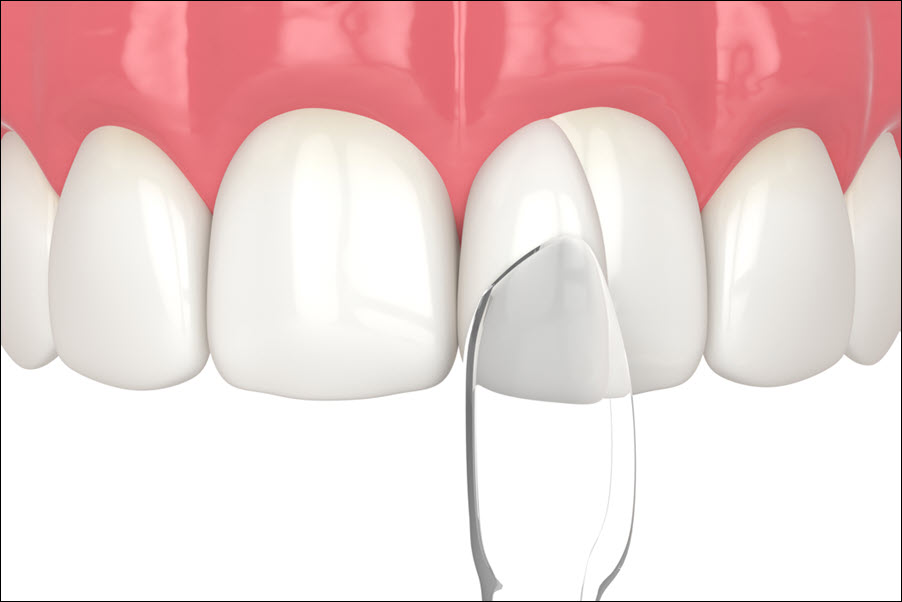Dental bonding strengthens teeth and improves smile appearance. Dentists apply a tooth-colored resin to repair chips, cracks, and discoloration. Bonding protects tooth enamel and improves overall tooth strength. The resin blends with natural teeth, creating a seamless, natural look. Bonding covers exposed roots, reduces sensitivity, and fills gaps between teeth. Unlike veneers and crowns, bonding requires minimal enamel removal. The procedure is quick, painless, and provides immediate results. Bonding enhances smile symmetry and protects teeth from further damage. Understanding the benefits of dental bonding helps you choose the best option for a stronger, healthier smile. Let’s explore how dental bonding protects teeth and enhances smiles.
What Is Dental Bonding?
 Dental bonding involves applying a composite resin to the surface of a tooth. The resin is color-matched to the natural tooth, ensuring a smooth, natural look. Dentists use bonding to repair chips, close gaps, and cover stains. The resin bonds directly to the enamel, creating a secure and durable layer. Bonding also reshapes uneven teeth and improves bite alignment. The procedure requires minimal tooth preparation and no anesthesia unless treating a cavity. The dentist sculpts the resin to match the shape of the tooth, then hardens it with a curing light. Polishing creates a smooth, natural finish. Bonding strengthens the tooth and improves overall appearance.
Dental bonding involves applying a composite resin to the surface of a tooth. The resin is color-matched to the natural tooth, ensuring a smooth, natural look. Dentists use bonding to repair chips, close gaps, and cover stains. The resin bonds directly to the enamel, creating a secure and durable layer. Bonding also reshapes uneven teeth and improves bite alignment. The procedure requires minimal tooth preparation and no anesthesia unless treating a cavity. The dentist sculpts the resin to match the shape of the tooth, then hardens it with a curing light. Polishing creates a smooth, natural finish. Bonding strengthens the tooth and improves overall appearance.
How Bonding Protects Teeth
Bonding creates a protective barrier against decay and damage. The resin seals small cracks and covers exposed dentin, reducing sensitivity. Bonding strengthens weak enamel, reducing the risk of fractures and tooth wear. The material distributes chewing pressure evenly, improving bite strength and reducing stress on surrounding teeth. Bonding prevents plaque buildup by sealing rough tooth surfaces. The resin resists staining and wear, maintaining its color and strength over time. Properly bonded teeth resist pressure from chewing and grinding. Bonding protects tooth enamel and improves overall dental health. Stronger teeth increase chewing comfort and reduce future damage.
Enhancing Smile Appearance with Bonding
Bonding improves smile symmetry and balance by reshaping uneven teeth. The resin fills gaps and smooths rough edges, creating a uniform appearance. Bonding covers deep stains and discoloration, brightening the smile. The material matches the natural tooth color, blending seamlessly with surrounding teeth. Bonding also improves tooth length and alignment, creating a more balanced look. Unlike veneers, bonding does not require enamel removal, preserving more of the natural tooth. Improved symmetry enhances confidence and smile aesthetics. Bonding creates a natural, polished look that lasts for years. A more balanced smile increases overall self-esteem and comfort.
Quick and Non-Invasive Procedure
Dental bonding usually takes 30 to 60 minutes per tooth. The procedure requires minimal preparation and no anesthesia unless treating a cavity. The dentist cleans and lightly roughens the tooth surface before applying the resin. A conditioning liquid improves the bonding strength. The dentist shapes and sculpts the resin to match the natural tooth structure. A special curing light hardens the resin within seconds. Final polishing creates a smooth, natural finish. Patients can eat and drink shortly after the procedure. Bonding provides fast, noticeable improvements with minimal discomfort. A quick procedure increases convenience and patient comfort.
Long-Lasting and Low-Maintenance
Dental bonding lasts between 5 to 10 years with proper care. Brushing and flossing daily prevent plaque buildup and protect the bonded surface. Avoid biting on hard objects like ice and pens to prevent chipping. Regular dental checkups allow the dentist to monitor bonding strength and touch up any wear. Bonded teeth resist staining but may discolor over time with coffee, tea, and smoking. Dentists can polish and reshape bonded areas during routine visits. Bonding remains strong under normal chewing pressure and daily use. Proper care ensures long-lasting strength and appearance. Bonding improves overall dental health and smile confidence.
Who Benefits from Dental Bonding?
Patients with chipped, cracked, or uneven teeth benefit from bonding. Bonding also corrects minor gaps and misalignment without braces. Patients with exposed roots from gum recession reduce sensitivity with bonding. Bonding provides an affordable alternative to veneers and crowns for cosmetic repairs. It works well for patients seeking quick, non-invasive smile improvement. Stronger enamel increases resistance to cavities and fractures. Better tooth shape and alignment improve bite function and overall comfort. Patients with worn enamel or tooth sensitivity experience relief with bonding. Improved tooth strength and appearance increase confidence and smile quality. Bonding enhances both function and aesthetics.
Dental bonding protects teeth from damage and improves smile appearance. The resin strengthens enamel, reduces sensitivity, and repairs chips and cracks. Bonding enhances smile symmetry and brightens discolored teeth. The quick, painless procedure provides immediate results and long-lasting strength. Proper care extends the lifespan of bonding and maintains its natural look. Bonding creates a smooth, natural finish that resists staining and wear. Improved bite strength and tooth protection increase overall dental health. Investing in dental bonding ensures stronger teeth and a more attractive smile. A well-balanced, polished smile boosts confidence and long-term oral comfort.

